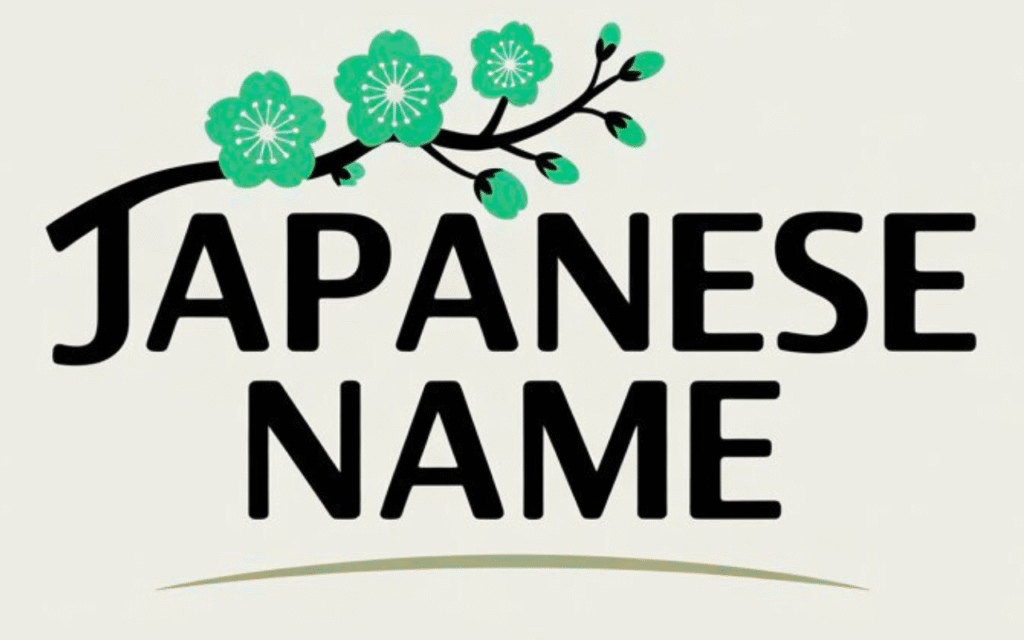Why surnames matter
Japanese surnames carry history: many indicate geographic origin, occupation, natural features, or clan lineage. Understanding a surname’s kanji and distribution can reveal cultural and regional background.
Common surname types
Geographic / Nature
Many surnames reference landscape: 山 (yama, mountain), 川 (kawa, river), 林 (hayashi, woods), 森 (mori, forest).
Occupational & social
Some names reflect historical occupation or social role: 農 (farm), 田 (rice field) often appear in compound surnames like 田中 (Tanaka).
Reading and kanji — what to check
- Kanji meaning: analyze each character’s literal meanings and combined nuance.
- Reading variants: the same kanji compound can be read differently in different families or regions.
- Regional distribution: some surnames are common in particular prefectures; our tool shows regional heatmaps where available.
- Frequency & rarity: a rare surname can be distinctive but harder to research or verify.
Examples
Sato — 佐藤
Tanaka — 田中
Yamamoto — 山本
Researching a family name
- Start with kanji. Convert any romanized form into kanji; note alternate kanji if they exist.
- Check regional frequency. Use prefecture-level data to see where the surname clusters.
- Look for historical ties. Clan records, local registry archives, and family histories can provide context.
- Compare readings. If multiple readings exist, confirm the correct one with the family or official records.
Pairing surnames with given names
When pairing, focus on rhythm (syllable balance), visual composition (how given name kanji look alongside surname kanji), and tone. Test the full name aloud—some combinations may feel heavy or awkward.
